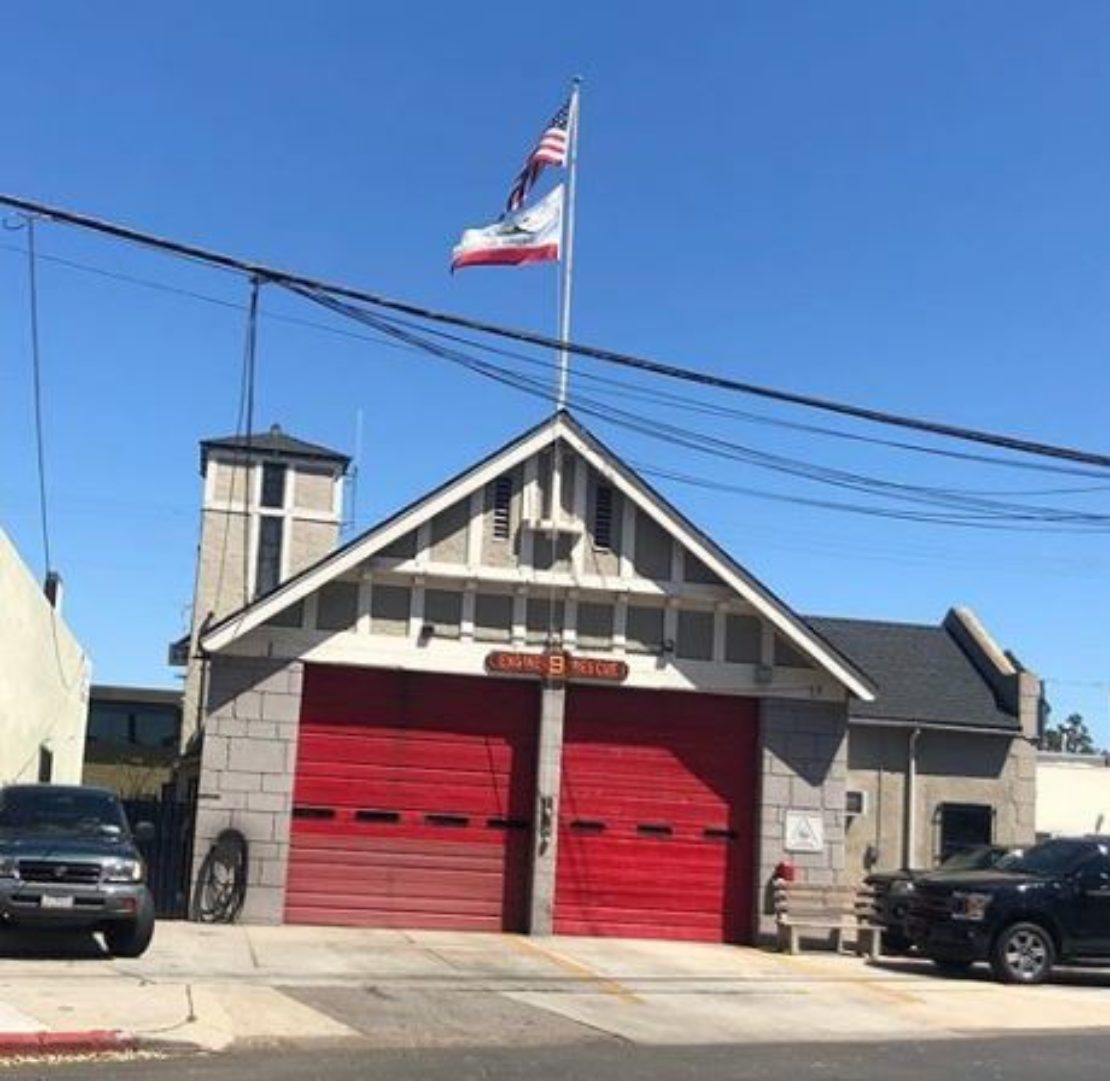It could take years to build a permanent replacement for a Long Beach fire station that recently closed because it was overtaken by mold, fire officials told a sometimes frustrated crowd Tuesday night.
The city is trying to set up a temporary station quicker than that, but in the meantime, it may take fire crews an extra minute on average to get to some emergencies, they said.
Top brass from the fire department gave that information as part of an update to residents who filled the Expo Arts Center in Bixby Knolls for a town hall meeting about public safety issues.
Many attendees were particularly irked at the loss of Fire Station 9 in the Los Cerritos neighborhood that served much of Uptown. The station was closed and its trucks and personnel relocated after mold issues resurfaced in the 1938 building.

The mold was originally discovered and treated in December 2017. It cost the city about $210,000 to fix the problem, which included air testing, deep cleaning and new window installation, Fire Chief Xavier Espino said.
In June this year, the mold resurfaced. City officials met in late July to discuss the practicality of continuing to fix the 80-year-old station.
“We only opened up a small portion of the walls, and where we haven’t opened up, there’s been large evidence of mold,” Espino said.
There have also been cases of exposure, and the union that represents Long Beach firefighters isn’t convinced the structure is safe for personnel, he said.
Now, the fire department is looking for property for a new temporary station in the area and a new permanent location for Fire Station 9, Espino told residents at the town hall. Espino said he is hoping to relocate to a more major corridor.
A new permanent fire station will take at least two to three years to build from start to finish, he said, but a temporary station should be up more quickly.
Funding for the new station hasn’t been identified yet, according to Assistant City Manager Tom Modica. He said it could cost between $10 and $15 million just for construction costs—not including land, design and the original station’s demolition costs.
For now, the personnel and fire trucks from Station 9 have been relocated to Station 13 in West Long Beach and Station 16 near Long Beach Airport.
“We will have an increase in response time. There is no hiding that. That is an absolute fact,” said Jim Rexwinkel, the deputy chief of operations for LBFD. “We’re doing the best we can to address those impacts.”
He softened that blow by saying some areas may actually see a reduction in response times.
Some residents said that the upkeep of Station 9 didn’t seem to be a priority before the mold issues and voiced frustration at the seeming lack of preventative care for the building.
“It’s inexcusable that we now have to wait two or three years for a fire station,” one woman in the audience said.

